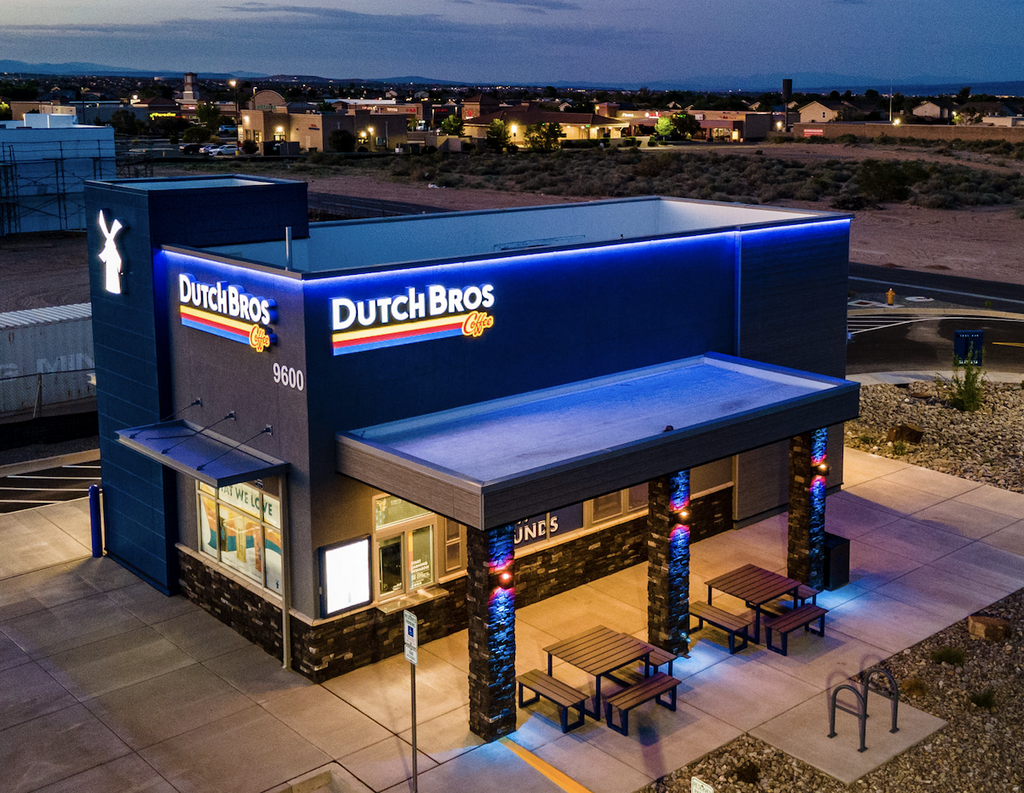
Waterloo, Iowa – John Deere announced on Wednesday that it will lay off more than 300 employees in Waterloo, effective late September. This decision follows a series of workforce reductions across multiple locations, reflecting the company’s efforts to align its manufacturing capabilities with market demands.
In an email to employees, John Deere stated, “Today, we are announcing that John Deere Waterloo Operations will lay off 345 production employees, effective September 20, 2024. This layoff is indefinite and affects production workers with the least seniority at Waterloo Operations.”
The recent announcement is part of a broader strategy affecting John Deere’s operations in several locations. Earlier this year, the company revealed layoffs in Dubuque, Davenport, and Moline, Illinois. The Waterloo facility had also experienced workforce reductions earlier in the year, underscoring ongoing challenges within the company.
John Deere will lay off seven employees in Coffeyville, Kansas, on August 9. The company attributed these decisions to the need to balance the size of its manufacturing workforce with the current market demand for its products.
John Deere’s statement highlights the importance of aligning workforce size with market conditions. “We are working to balance the size of our manufacturing workforce with market demand for our products,” the company said. This move is seen as necessary to maintain operational efficiency and competitiveness in a fluctuating market.
In its most recent fiscal year, John Deere reported an annual profit of $8.2 billion. Despite strong financial performance, the company faces the ongoing challenge of managing workforce size in response to market fluctuations and demand cycles. John Deere’s stock is traded on the New York Stock Exchange under the ticker symbol DE. The most recent closing price of John Deere stock was $398.47. Following the layoff announcement, John Deere’s stock jumped more than 2%, reflecting investor confidence in the company’s cost-cutting measures. This financial context underscores the complexity of balancing profitability with operational needs.






